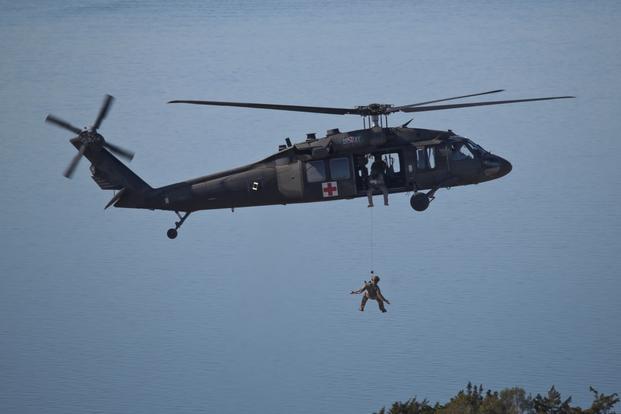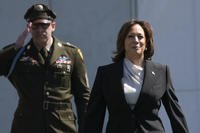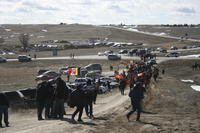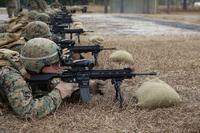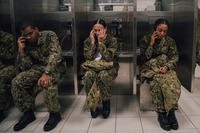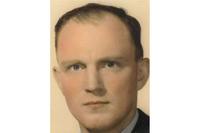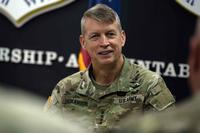The U.S. Air Force has confirmed no women are currently in training for any special operations positions.
Confusion over the matter surfaced this week after Defense Secretary Ashton Carter in a commentary published Saturday on the website medium.com suggested a female airman was training to become a tactical air control party, or TACP.
"Interest in the Air Force's battlefield airmen career fields has increased, with 18 women attempting initial training," he wrote. "I am proud to say that the first woman has entered training to become a tactical air control party airman."
The essay, "Combat Integration: The First Year of Firsts," was designed to highlight the Defense Department's groundbreaking policy change this year to open all combat positions to all qualified candidates regardless of gender.
However, the female airman to which Carter was referring left the program in July after becoming injured, according to an Air Force official.
"The individual in question entered the TACP training pipeline earlier this year, but subsequently withdrew due to medical reasons and returned to her original [Air Force Specialty Code]," said Maj. Andrew J. Schrag, spokesman for Air Combat Command, confirmed in an email to Military.com on Monday.
"At this moment, there are no women currently enrolled," Schrag said.
Officials have said efforts are underway to recruit more female into so-called battlefield airmen roles -- those comprising combat controllers, pararescuemen, special operations weathermen and TACP airmen.
Only a handful were in line to begin the very early stages of the program's process, Capt. Jose Davis of Air Education and Training Command, told Military.com in October.
"Before entrance into the pipeline, one of the several requisites for potential applicants is passing the Physical Ability and Stamina Test (PAST)," he said at the time.
There had been nine civilian women, or potential recruits, who started taking the test, Davis said then. Four of the women withdrew and five were still working to pass, he said.
"When we do get the first woman in the pipeline, she'll be in the Battlefield Airman Training Group, 37th Training Wing, at Joint Base San Antonio-Lackland," Davis said then. "After completion of training in the Battlefield Airman Training Group, Airmen are then sent to their respective AFSCs," in various commands, Davis explained in an email statement.
There are also differences between officers and enlisted personnel getting into the battlefield training training pipeline.
In the final months of President Barack Obama's administration, Carter has expounded on the importance of women in combat at a time when questions continue to swirl over whether President-elect Donald Trump will seek to roll back recent social changes in the military.
RELATED: Carter: Opening Combat Jobs to Women 'Makes Sense'
Speaking to reporters traveling with him to military installations around the U.S. last month, Carter said of the Obama administration's rule change to let more women serve in combat roles, "It makes sense."
"Females are half of our population. We're an all-volunteer force. So we recruit from the population it makes sense for us to recruit people, from as wide a population as possible," he said.
Carter added, "Now they have to be qualified, but it's a benefit to our military to be able to draw from what is a competitive [market] … to have the ability to have access to the best people we can."
-- Oriana Pawlyk can be reached at oriana.pawlyk@military.com. Follow her on Twitter at @Oriana0214.
